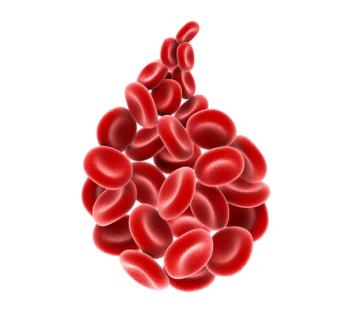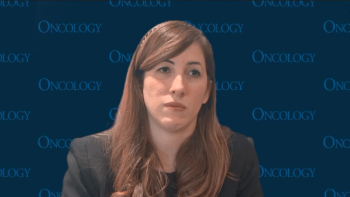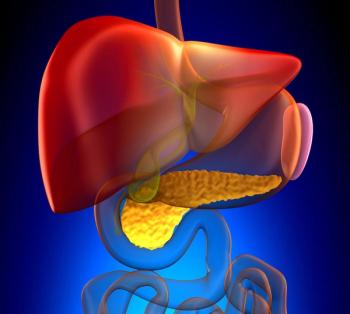Confronting America’s Smoking PandemicPart 1: From Early Evidence to Global Battle, 1939â1966Part 2: An Era of Activism, 1967â1985Part 3: Regulation, Legislation, Litigation, 1986â1999Part 4: Failures and Successes 2000â2016
References:
1. US Department of Health and Human Services. The health consequences of involuntary smoking: a report of the Surgeon General – Executive Summary. United States Public Health Service, Office on Smoking and Health, 1986. DHHS Publication No. (CDC) 87-8398.
2. US Centers for Disease Control and Prevention (CDC): Perspectives in Disease Prevention and Health Promotion 1986 Surgeon General's Report: The Health Consequences of Involuntary Smoking. December 19. MMWR. 1986;35:769-70.
3.Community Intervention Trial for Smoking Cessation (COMMIT): I. cohort results from a four-year community intervention. Am J Public Health. 1995;85:183-92.
4. Shopland DR, Burns DM, Thompson B, Lynn WR. Smoking control and the COMMIT experience-summary and overview. Chapter 1. Smoking and Tobacco Control Monograph No. 6. Rockville, MD: U.S. Department of Health and Human Services, Public Health Service, National Institutes of Health, National Cancer Institute. NIH Pub. No. 95-4028, August 1995.
5. Carlini BH, Patrick DL, Halperin AC, Santos V. The tobacco industry’s response to the COMMIT trial: an analysis of legacy tobacco documents. Public Health Rep. 2006;121:501-08.
6. Hilts PH. Sullivan would end tie of sports and tobacco. The New York Times. April 11, 1991.
7. Craver R. Eclipse set stage for Revo. Winston-Salem Journal. November 18, 2014.
8. Mickle T. Reynolds’s new cigarette merely heats tobacco. Revo is aimed at smokers who don’t like e-cigarettes but don’t want smoke. The Wall Street Journal. November 17, 2014.
9. California Department of Public Health. Legislative mandate for tobacco control – proposition 99.
10. Robinson RG, Sutton CD, James DA, Orleans CT. Pathways to freedom. Winning the fight against tobacco. Published by the Department of Health and Human Services, Centers for Disease Control and Prevention. 2002.
11. National Cancer Institute. Evaluating ASSIST: A Blueprint for Understanding State-level Tobacco Control. Tobacco Control Monograph No. 17. Bethesda, MD: U.S. Department of Health and Human Services, National Institutes of Health, National Cancer Institute. NIH Pub. No.06-6058, October 2006.
12. Fischer PM, Schwartz MP, Richards Jr JW, et al. Brand logo recognition by children aged 3 to 6 years. Mickey Mouse and Old Joe the Camel. JAMA. 1991;266:3145-8.
13. Freudenheim M. Flight attendants sue over passengers' smoking. The New York Times. November 1, 1991.
14. Flight Attendant Medical Research Institute. History.
15. North American Quitline Consortium [quitline map].
16. Lichtenstein E, Zhu S-H, Tedeschi GJ. Smoking cessation quitlines. An underrecognized intervention success story. Am Psychol. 2010;65:252-61.
17.Massachusetts Coalition for a Healthy Future Bylaws. In: County Health Rankings. University of Wisconsin Population Health Institute, University of Wisconsin School of Public Health. 2016.
18.Accomplishments of the Massachusetts Tobacco Control Program. Tobacco Control Program Bureau for Family Health, Massachusetts Department of Public Health. March 2007.
19.Tobacco ban in minors. The New York Times. June 3, 1993.
20. Glauber B. Baseball ejects chewing tobacco in minor leagues. The Baltimore Sun. March 8, 1991.
21. Sandomir R. Murcer the author tells of his life and new Yogiism. The New York Times. May 9, 2008.
22. Berkman S. It’s official: smokeless tobacco is out. The New York Times. April 6, 2016.
23.Tobacco-Free Baseball.
24. United States Environmental Protection Agency. EPA designates passive smoking a “class A” or known human carcinogen. January 7, 1993.
25. Schwartz S. FDA panel says nicotine is addictive. The Washington Post. August 3, 1994.
26.Lung Cancer Alliance.
27. US Department of Health and Human Services; Centers for Disease Control and Prevention, Office on Smoking and Health. Let’s make the next generation tobacco-free. Your guide to the 50th Anniversary Surgeon General’s Report on Smoking and Health. Released January 2014; updated July 2015.
28.Tobacco-Free Kids.
29. World Health Organization. The history of the WHO Framework Convention on Tobacco Control.
30. World Health Organization. The WHO Framework Convention on Tobacco Control: an overview.
31. Feder BJ. Target chain, citing costs, to stop selling cigarettes. The New York Times. August 29, 1996.
32. Public Health Law Center. Master Settlement Agreement.
33.Legacy for Health
34. Truth Initiative. Next chapter begins as tobacco control leader becomes Truth Initiative [news release].



















































































